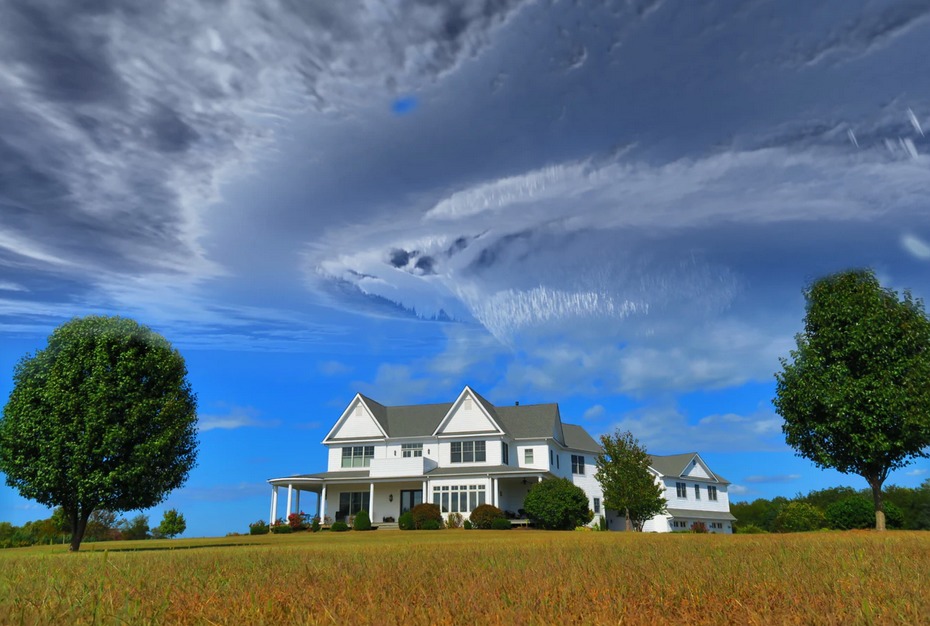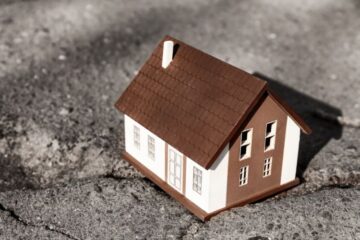How to Prepare for a Winter Storm and Extreme Cold

Every year, winter storms bring cold temperatures, precipitation, and high winds, causing traffic problems and power outages in cities and towns all over the United States. People in the northern parts of the country expect harsh winters, but almost every state can be hit by a snowstorm. Winter storms can result in:
- Car accidents
- Blocked roads
- Power outages
- Fires or carbon monoxide poisoning from alternative heating methods
- Heart attacks from overexertion when shoveling snow
- Hypothermia
- Frozen pipes
- Flooding
How to Prepare for a Winter Storm
In case of a storm, have these important supplies on hand:
- Hat, gloves, and snow boots
- Snow shovel
- Ice scraper to clean off your car windows
- Rock salt to melt ice on walkways
- Sand to improve your traction on ice
Winter Storm Terminology
Familiarize yourself with the following storm-related terms:
- Blizzard: A combination of snow, winds stronger than 35 mph, and low visibility for more than three hours. Low temperatures in these conditions can result in subzero wind chills.
- Wind chill: The temperature that you actually feel when the effect of wind is taken into account.
- Freezing rain: Rain that freezes upon impact with a cold surface, forming a glaze of ice that can cause dangerous road conditions.
- Sleet: Rain that freezes as it falls, creating small pellets of ice that can cause dangerous road conditions.
- Hail: Lumps of ice that sometimes form during thunderstorms. They can cause property damage, especially when the balls of hail are large.
- Winter storm watch: An indication that significant accumulations of snow, freezing rain, sleet, and other dangerous conditions are possible in the next 12–48 hours.
- Winter storm warning: An indication that a combination of two or more winter storm conditions (heavy snow, freezing rain, sleet, and/or strong winds) are either occurring, imminent, or highly likely.
Winterize Your Home
A severe winter storm can have damaging and costly effects on your home. Keep the impact to a minimum by taking these preemptive measures.
- Insulate your pipes: Cover all exposed pipe lengths and joints with fiberglass or rubber insulation. You can also wrap pipes with heating tape. Tend to minor pipe damage before it becomes a major hassle.
- Insulate your attic, walls, and crawl space: Doing so will keep drafts out and warm air in, and will also help keep pipes from freezing.
- Cover your windows with plastic or install storm windows.
- Clear your gutters: Twigs and leaves in gutters can block the flow of snow and ice, causing ice damming, a condition in which water seeps into the house instead of out the gutters. Install gutter guards to keep debris out and direct the flow of water away from your house.
- Trim tree branches near your home: A storm can cause tree branches to fall, damaging your property.
- Have a stock of extra supplies on hand: This includes enough food and water to last three days, and extra fuel, such as wood for a wood-burning stove.
What to Do During a Snowstorm
Whenever possible, stay inside during a snowstorm:
- Stay informed: Listen to your radio, television, or NOAA Weather Radio for updates.
- Conserve heat in your home: But don’t let the temperature drop below 65°—your pipes might freeze.
- Let your faucets drip a little bit: A trickle of water keeps pipes from freezing in very cold weather. If your pipes do freeze, remove their insulation and wrap them in rags. Then open the faucets and pour hot water over the spot(s) where you think the pipes may be frozen.
If you must go outside during a snowstorm:
- Dress for the weather: Wear a hat, mittens, a scarf, and several layers of loose, lightweight, warm clothing.
- Don’t overexert yourself when shoveling snow: This is a common cause of heart attacks.
- Cover your mouth: Frigid air can hurt your lungs.
- Watch for signs of frostbite: The first sign of frostbite is numbness and whiteness, usually on your fingers, toes, ear lobes, or the tip of your nose.
- Watch for signs of hypothermia: Symptoms include disorientation, memory loss, drowsiness, intense shivering, and incoherence. If you suspect hypothermia, go indoors immediately and get medical help.


